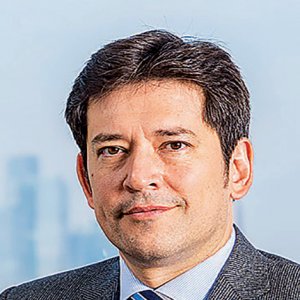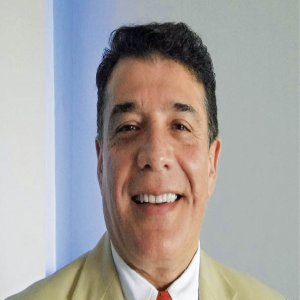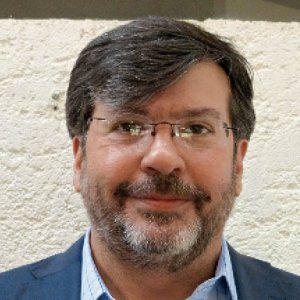Continued Participation in Financing the Renewables Sector

Q: How has the role of NAFINSA changed as renewable energy projects begin to enter Mexico’s energy mix?
A: NAFINSA is a development bank focused on small- and medium-sized businesses and tends to provide funds through intermediaries such as commercial banks or leasing companies. Sometimes these have programs specialized in specific sectors. For example, HSBC was providing around US$2 billion for energy generation and energy efficiency. In this initiative, HSBC was using NAFINSA products, such as warranties. We have two different areas of focus in the investment banking division. Energy is the first, where we are responsible for almost 2GW worth of projects, and we have a project portfolio worth approximately US$5 billion in terms of total investment. NAFINSA has been involved in projects for wind, solar, and geothermal energy, although we are also interested in developing cogeneration projects with PEMEX, CFE, and the private sector. We have completed two projects in this area, and we are analyzing the opportunity for more, especially because natural gas will soon come to the forefront of the market. The second area is the investment banking division, which deals with infrastructure such as pipelines. We want to be involved in this area along with other development banks because the expected investments will be huge.
Q: How do small businesses rank in NAFINSA’s priority list, considering the bank is known to finance large projects?
A: Today, 90% of NAFINSA’s balance sheet is probably comprised of small businesses given that SMEs are included in the National Development Plan for financial inclusion. We have programs for these purposes, and in that sense, we are developing a new energy efficiency program that will work through intermediaries in order to provide technical assistance for measurements and diagnosis so that small businesses can have access to financing with an interest rate that is attractive for both companies and banks. We have to consider that energy efficiency is an area that is hard to enter. This program has been approved and is under development, so I expect it to be ready by the last quarter of this year or the beginning of next year.
Q: What have been NAFINSA’s contributions to the development of renewable energy and cogeneration projects in the past five years?
A: We started with Eurus, which was exclusively financed by development banks, including the World Bank and the IDB. Subsequent projects have been financed by NAFINSA and commercial banks. Although this led to problems with exchange rates, Mexican banks became more active, triggering more business. In regards to solar, NAFINSA’s participation has been crucial to its development, but water projects are different, as they involve well-known technology. This same strategy will be implemented with geothermal and we have a new scheme where we will provide a type of credit to attract investors. We have developed a new mechanism together with the IDB to use grant money to support several projects and help companies get through the exploration phases, although we will do this through the whole cycle. Once companies have certainty, an exploration stage will follow, which will also be part of the scheme. Then there is the building of the plant and if companies do not succeed, our credit is insured and losses will be equally shared. We already have two projects undergoing early analysis.
Q: To what extent does NAFINSA take issues such as relationships with communities into consideration when deciding to develop a project?
A: Our business and social development objectives are usually aligned. I was once at a meeting on climate funds, and there was a general concern about the availability of resources that were not being used. People were asking about funds destined to help indigenous people, rural communities, and disadvantaged populations. My answer was: “The money is already there.” For instance, in Oaxaca there was land that was used for either livestock or agriculture yielding very little productivity. Now the people are still using that land for the same purposes, but they also have a 30-year contract with a project developer, which allows them access to money to invest at will. If you look at Juchitan, the population is growing and businesses are booming. In addition to benefiting from specific social projects, such as schools and cultural centers, communities benefit from the infrastructure built for the projects, like roads. Additionally, people in the communities have gained credit scores and can now borrow money from banks because of their contract, which is a huge benefit



















